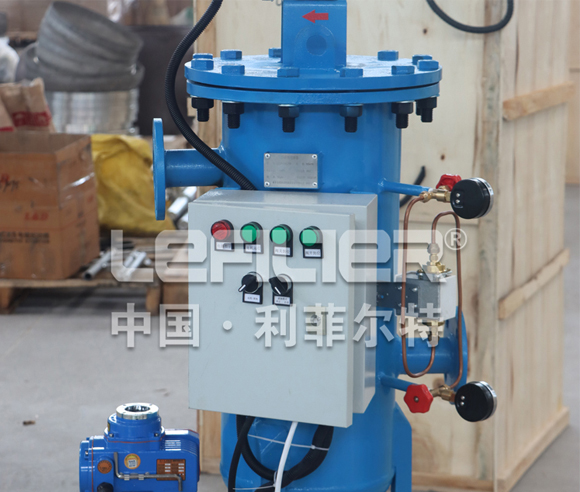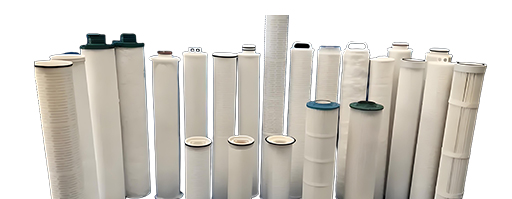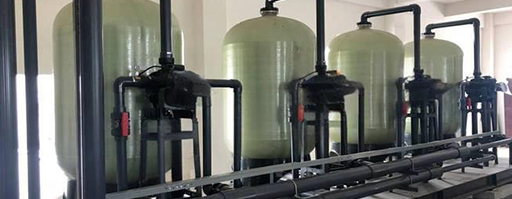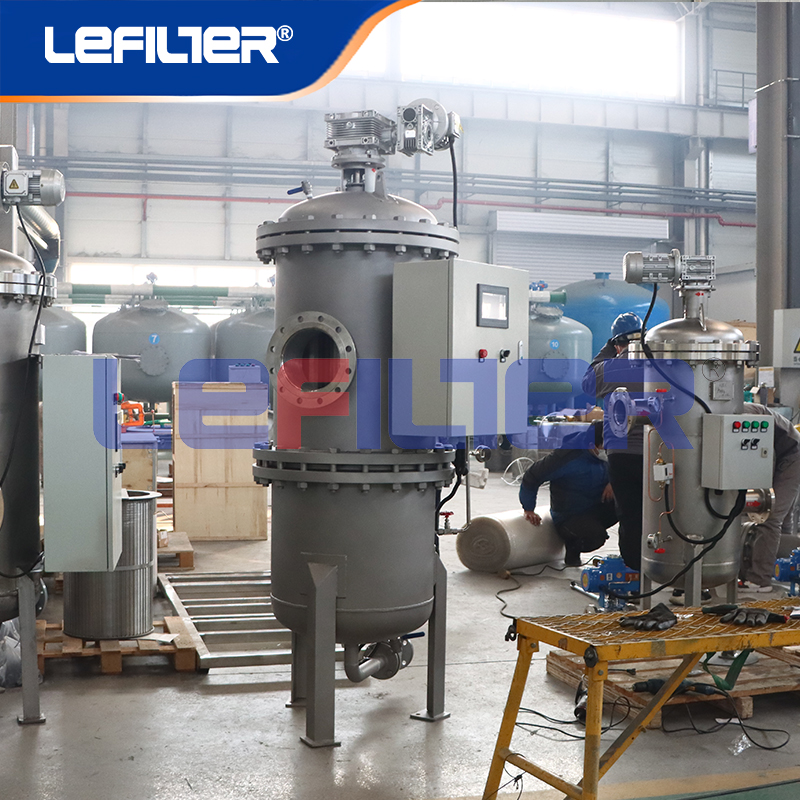How It Works
The multi-media filtration process relies on a carefully arranged combination of filter media with varying densities and particle sizes. Typically, the multimedia filter vessel contains layers of anthracite (top layer), quartz sand (middle layer), and gravel (bottom layer). This stratification ensures that larger particles are trapped in the upper layers while finer impurities are captured deeper within the filter bed.
Key Filtration Mechanisms:
•Physical Filtration: Suspended solids are mechanically trapped as water flows through the different media layers.
•Adsorption: Certain organic and colloidal particles adhere to the surface of the filtration media.
•Depth Filtration: Unlike single-media filters, multi media water filter systems provide extended filtration depth, enhancing contaminant removal efficiency.
Automatic Backwashing for Sustained Performance
To maintain filtration efficiency, multimedia filters for water treatment undergo periodic backwashing. During this process, water is flushed in reverse through the filter bed, dislodging trapped particles and flushing them out through a drain. This automated cleaning cycle ensures consistent performance and prolongs the lifespan of the filtration media.
Key Components
A well-engineered multi-media filter vessel consists of several critical components that ensure optimal filtration and durability.
1. Pressure-Resistant Vessel
The outer shell of the multimedia filter vessel is typically constructed from corrosion-resistant materials such as:
• Carbon steel (epoxy-coated or rubber-lined)
• Stainless steel (for high-purity applications)
• Fiberglass-reinforced plastic (FRP) for lightweight, chemical-resistant designs
2. Multi-Layered Filtration Media
The effectiveness of multi media filtration depends on the proper selection and arrangement of filter media:
• Anthracite (top layer): Removes larger suspended particles while allowing high flow rates.
• Quartz sand (middle layer): Captures finer particles and enhances filtration precision.
• Gravel (bottom layer): Supports the upper layers and ensures uniform water distribution.
3. Distribution and Collection Systems
• Inlet Distributor (Upper Distributor): Ensures even water distribution across the filter bed, preventing channeling.
• Underdrain System (Lower Collector): Collects filtered water while supporting the media layers and facilitating backwashing.
These components work in unison to maximize multi-media filtration efficiency, making multimedia filters for water treatment a reliable choice for diverse applications.
Applications
Multi media water filter systems are versatile and widely used across multiple industries due to their adaptability and high efficiency.
1. Drinking Water Treatment
Municipal water treatment plants rely on multi-media filtration to remove turbidity, sediment, and organic matter, ensuring safe and clean drinking water.
2. Industrial Process Water Treatment
Industries such as power generation, petrochemicals, and pharmaceuticals use multimedia filters for water treatment to:
• Pre-treat boiler feedwater (reducing scaling and corrosion risks).
• Purify cooling tower water (preventing fouling and microbial growth).
• Filter process water (ensuring high-quality water for manufacturing).
3. Wastewater Treatment and Reuse
In wastewater treatment, multi-media filter vessel systems serve as:
• Pre-treatment units (removing solids before biological or chemical treatment).
• Tertiary filtration (polishing effluent for reuse or safe discharge).
By reducing the load on downstream treatment processes, multi media filtration enhances overall system efficiency and cost-effectiveness.
Maintenance and Care
To ensure the longevity and efficiency of multimedia filters for water treatment, regular maintenance is essential.
1. Routine Backwashing
• Frequency: Determined by pressure drop or time intervals.
• Process: Reverses water flow to dislodge trapped contaminants.
2. Media Replacement and Replenishment
• Inspection: Check for media degradation or loss.
• Replenishment: Add fresh media to maintain filtration efficiency.
3. System Integrity Checks
• Leak Detection: Inspect seals, valves, and connections.
• Pressure Monitoring: Ensure optimal operating conditions.
Proper maintenance ensures that multi media water filter systems operate at peak performance, reducing downtime and operational costs.
Environmental Benefits and Sustainability
In an era of increasing water scarcity, multi-media filtration plays a crucial role in sustainable water management.
1. Reduced Chemical Usage
Unlike chemical treatment methods, multi media filtration relies on physical separation, minimizing the need for harmful additives.
2. Lower Energy Consumption
Multimedia filters for water treatment operate at relatively low pressure, reducing energy demands compared to membrane-based systems.
3. Water Conservation and Reuse
By enabling efficient wastewater recycling, multi-media filter vessel systems contribute to closed-loop water systems, reducing freshwater consumption.
4. Compliance with Environmental Regulations
Industries using multi media water filter technology can meet stringent discharge standards, avoiding penalties and protecting ecosystems.
Conclusion: Why Choose Multi-Media Filtration?
Multi-media filtration offers a robust, cost-effective, and sustainable solution for diverse water treatment needs. Whether for drinking water purification, industrial applications, or wastewater reuse, multimedia filters for water treatment provide high efficiency, low maintenance, and environmental benefits.
By investing in a multi-media filter vessel, industries and municipalities can achieve cleaner water, lower operational costs, and a reduced environmental footprint—making multi media water filter systems an indispensable tool in modern water management.
Self-cleaning Filter












